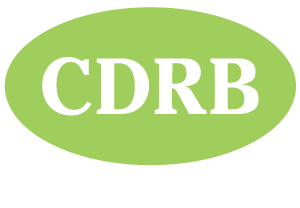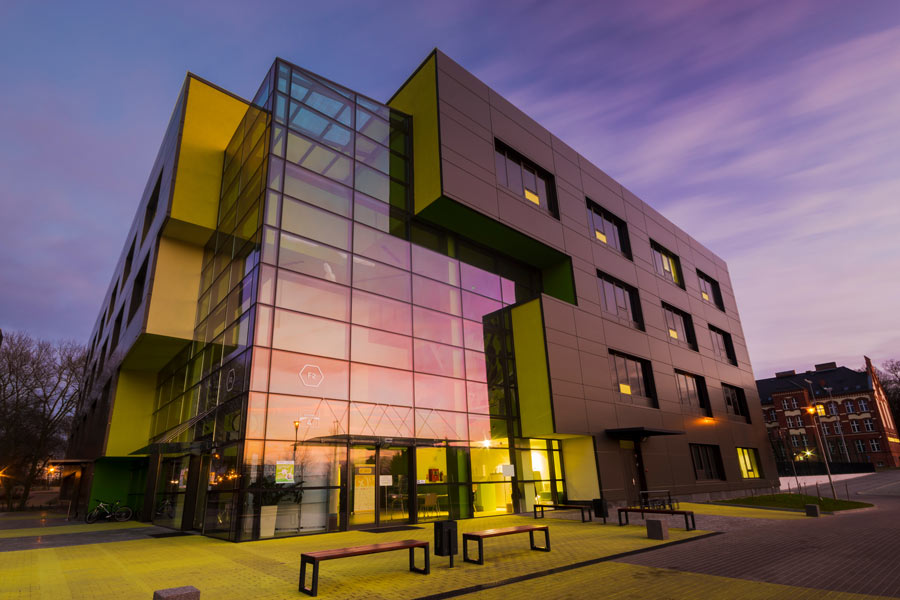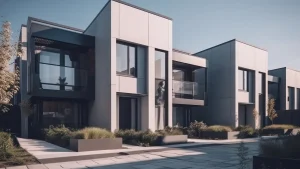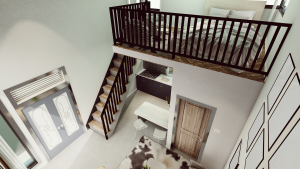In the contemporary era, where the spectre of climate change looms large, energy efficiency has emerged as a paramount concern, not least in the field of architecture.
The design of a building can significantly influence its energy consumption, making architectural innovation a key player in the global shift towards sustainability.
This discussion explores how architectural design impacts energy efficiency, highlighting the symbiotic relationship between form, function, and the future of our planet.
Understanding Energy Efficiency in Architecture
Energy efficiency in architecture is fundamentally about creating environments that are optimally comfortable for occupants while minimising energy consumption and the overall environmental footprint.
This involves a holistic approach to design, where every element from the spatial layout to the choice of materials is considered for its thermal performance and energy implications.
The concept extends beyond simply reducing energy use; it encompasses a broader sustainability ethos, aiming to harmonise architectural practices with the principles of environmental stewardship and resource conservation.
Through strategic design, architects can significantly reduce the reliance on artificial heating and cooling, thereby cutting down on energy costs and contributing to a more sustainable future.
The relationship between architectural design and energy efficiency is complex and multifaceted, involving an array of strategies to address heat gain, insulation, lighting, and ventilation.
For instance, the orientation of a building can leverage natural sunlight to provide light and warmth, reducing the need for electric lighting and heating.
Similarly, incorporating passive solar design principles can enhance energy efficiency by using the building’s structure to collect, store, and distribute solar energy.
Innovations in materials and construction techniques also play a crucial role, offering new ways to improve insulation and reduce thermal bridges.
As the climate crisis intensifies, understanding and applying these principles becomes increasingly important, not just for the sake of regulatory compliance but as a moral imperative to reduce our environmental impact.
Key Elements of Energy-Efficient Architectural Design
Orientation and Layout: The positioning of a building and the arrangement of its spaces are foundational to harnessing natural resources. A design that maximises exposure to sunlight during winter months while minimising it during the summer can significantly reduce heating and cooling demands.
Insulation and Materials: The choice of materials is pivotal in energy-efficient design. Materials with high thermal mass can store and release heat slowly, maintaining indoor temperatures more consistently and reducing the need for mechanical heating and cooling.
Windows and Glazing: Windows play a critical role in energy efficiency, balancing light and heat gain with insulation properties. Advanced glazing technologies and strategic placement can significantly reduce energy consumption without sacrificing natural light.
Ventilation Systems: Proper ventilation is essential for indoor air quality and energy efficiency. A well-designed system uses natural forces for ventilation, reducing reliance on energy-intensive mechanical systems.
Innovative Technologies and Practices
Integrating smart technology and automation in buildings offers unprecedented control over energy use, allowing for more precise management of lighting, heating, cooling, and ventilation systems.
Moreover, adopting renewable energy sources, such as solar panels and wind turbines, directly within architectural designs is setting new standards for self-sufficient, sustainable buildings.
Green roofs and walls enhance a building’s aesthetic appeal and contribute to insulation and biodiversity, further cementing architecture’s role in environmental stewardship.
Challenges and Considerations
Balancing the aesthetic appeal of a building with functional energy efficiency presents a significant challenge.
Architects must navigate cost implications, considering initial investments against long-term savings and environmental benefits.
Additionally, regulatory and environmental considerations often dictate the feasibility of innovative designs, making it crucial for architects to stay abreast of evolving standards and technologies.
Conclusion
Architectural design holds the keys to unlocking the potential for energy efficiency in the built environment.
By integrating principles of sustainability into the very blueprint of our structures, architects can lead the charge in mitigating climate change.
The future of architectural design is inextricably linked to our ability to innovate, adapt, and embrace practices that reduce our ecological footprint, ensuring a more sustainable world for generations to come.







